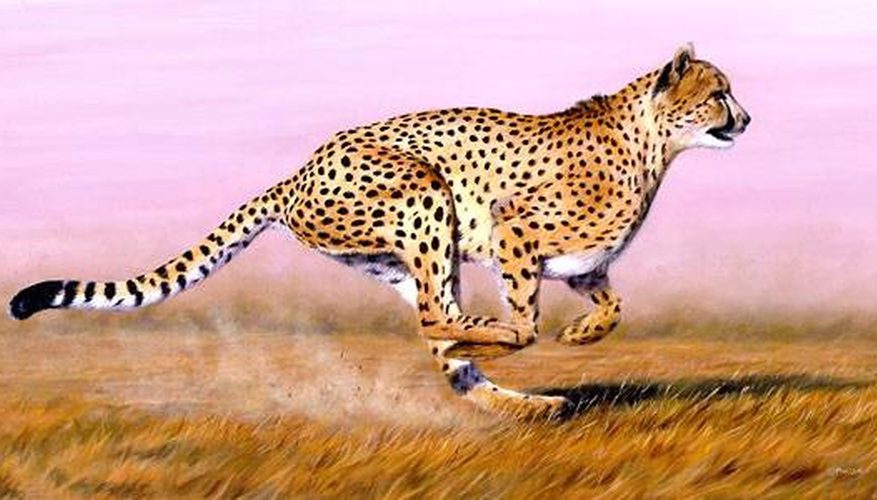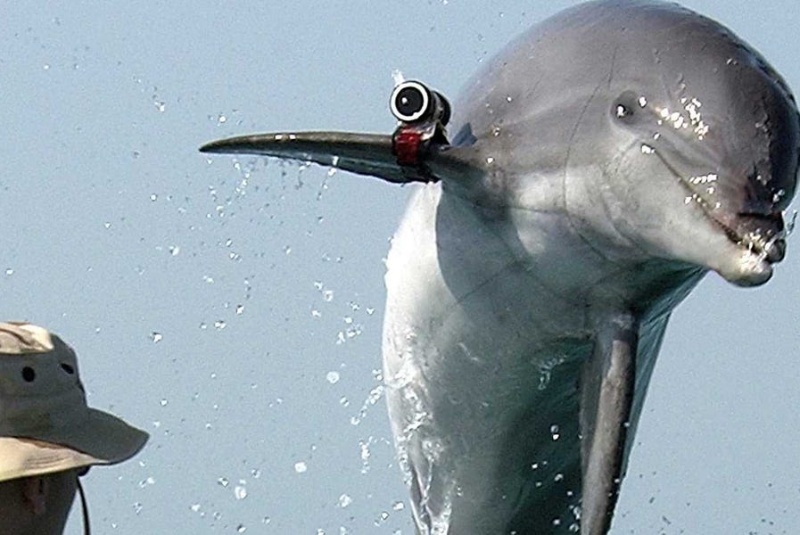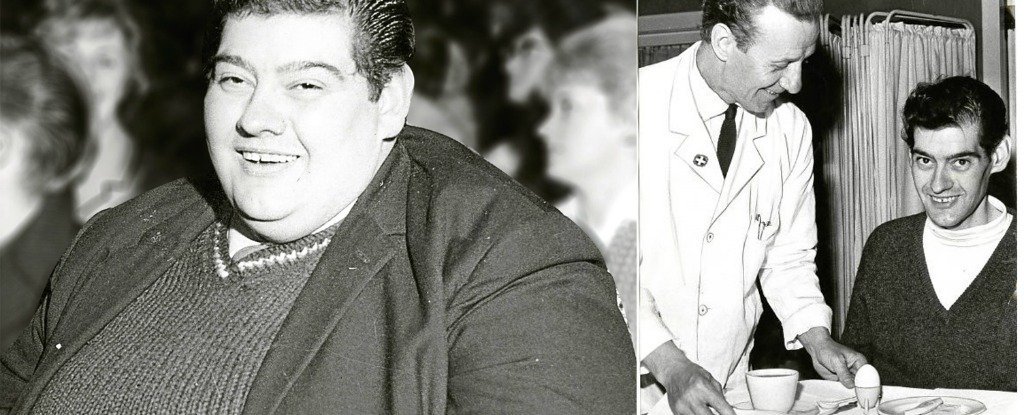The natural world is full of fascinating and dynamic interactions between predators and prey. Among the most dramatic and compelling of these interactions is the high-speed chase between the swift cheetah, the fastest land animal on the planet, and its various prey. Cheetahs, with their incredible speed, have captivated human imagination for centuries. However, when it comes to survival in the wild, it's not just about how fast you can run—it's also about how agile you can be while running for your life.

Scientists have been tracking how zebras and antelope are able to get away from lions and cheetahs in the African savannah. What emerges from their studies is an intricate dance of life and death. The key takeaway is not necessarily to increase speed but to master the art of the sudden swerve. Indeed, the cheetah is the fastest land mammal, capable of reaching speeds up to 70 miles per hour, but this incredible speed comes with a trade-off. When an object—be it a prey animal or a robotic car—is traveling at such high velocities, changing direction quickly becomes a difficult feat.
This has profound implications for survival tactics in the wild. The research suggests that when faced with the near-impossible task of outrunning a cheetah, the best strategy may not be to run faster but to run smarter. In the wild, this means for the prey to move at a pace where it can still execute sharp turns and twists. If a human were to find themselves in this unlikely scenario, adopting a similar strategy of erratic, unpredictable movements might be their best bet. However, it's important to note that such a situation is hypothetical and should never be tried in a real-life encounter with a wild cheetah.
The study showed that, contrary to popular belief, hunting success does not solely hinge on speed. In fact, a slower pursuit often leads to better results. This is because the ability to change direction quickly and to match the maneuvers of the prey remains possible at lower speeds. The optimal tactic, therefore, would be to maintain a moderate pace and implement those sharp twists and turns at the very last moment—a tactic that would require extraordinary calm and presence of mind to execute.
During this extensive study, researchers employed sophisticated radio collars to track the animals' top speeds. These devices not only provided data on how fast the animals could run but also measured other critical factors such as acceleration, deceleration, and the intricacies of their turning capabilities. Another fascinating aspect of the research involved taking muscle samples to analyze the muscle power of these animals. Though this might sound like a daredevil task, especially when considering taking a muscle sample from a lion, it is crucial for understanding the biomechanics of these incredible creatures.
The findings of the study confirmed the obvious: lions and cheetahs are stronger and faster than the animals they hunt. But, crucially, even at lower speeds, these predators could never quite match their prey in terms of maneuverability. This edge in agility provides the prey—such as zebras and impalas—a glimmer of hope, a chance to escape the deadly claws of their pursuers.
In the complex dynamics of a hunt, it is ultimately the prey that dictates the terms of the engagement. It is the zebra that decides when to turn, when to slow down, or when to inject a burst of speed. Being a few steps ahead of the predator, the prey can control the flow of the chase, almost like a matador leading a bull. This advantage ensures that the game is played on their terms, as much as it can be when one's life hangs in the balance.
Evolution has thus equipped prey animals with the necessary tools to elude capture, but it has also endowed predators with the requisite abilities to keep up the chase. Over millions of years, this evolutionary arms race has led to a fine balance in the savannah ecosystem. The result is a predator with great athletic prowess that can still compete in the deadly game of survival.
In contemplating the cheetah's chase, there are wider lessons to be learned. It serves as a metaphor for the challenges faced in life. It is not always the fastest or the strongest who prevails, but rather the one who can best adapt to changing circumstances, who can twist and turn through the unpredictabilities of existence. In this grand game, each player, be it the cheetah, the zebra, or even a human being, has their role, and each must play to their strengths.
It's worth noting that the insights gained from these studies go beyond academic curiosity. They have practical applications in fields such as robotics, where understanding the mechanics of high-speed pursuit can inform the design of machines and vehicles. The technology that enables these animals to be studied—like the radio collars used in the research—also reflects a significant advance in wildlife monitoring, which is critical for conservation efforts.
Moreover, examining the strategies of these animals can also inspire strategies for humans in various situations. From athletes looking to improve their agility to military tactics involving quick maneuvers, the animal kingdom offers a blueprint for efficient movement and strategy.
Returning to the thought experiment of a human being chased by a cheetah, the discussion illustrates the remarkable adaptations of wildlife and their implications for our understanding of physics, biology, and the art of survival. While the likelihood of needing to outmaneuver a cheetah in the wild is slim for most people, the conceptual knowledge of how one could potentially survive such an encounter underscores the incredible complexity and beauty of nature's design.




